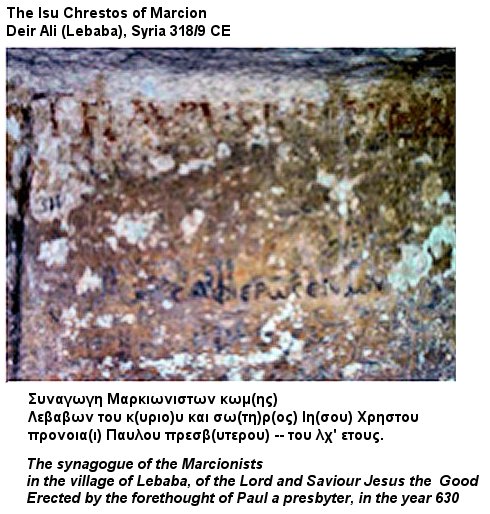Sobre los datos contenidos en este párrafo podemos comentar lo siguiente : 1. ° Queda bien claro que Juan González de Yepes y su mujer ( cuyo nombre no se da ) fueron condenados por el tribunal inquisitorial "declarados por herejes" delito que , por la fecha indicada , 1491 , no podía ser otro que el de judaizar.
Friday, May 21, 2021
On the Jewish Heritage of My Wife
2. No se da la vecindad de ambos condenados . Dado que sus herederos se dicen vecinos de Toledo , pudiera sobrentenderse que esta era también su vecindad .
3. ° De la exposición de motivos de la carta , parece deducirse que Gonzalo y los demás herederos habían recibido los bienes de la herencia antes de la fecha de la condenación del matrimonio judaizante , y estos mismos bienes son los y estos mismos bienes son los reclamados por el mencionado receptor Antón de Gamarra , y a ello trata de oponerse el procurador ( cuyo nombre no figura en el documento ). De ello parece deducirse que el proceso se hacía post mortem ; en este caso , los huesos serían desenterrados y quemados ; y en cumplimiento de la sentencia inquisitorial , los bienes de los condenados eran aplicados por el Juez al fisco y camara de Sus Altezas.
4. Contra esta última decisión apelan los herederos de los condenados al dicho Consejo , presentando sus alegaciones y exponiendo los presuntos agravios que reciben , pretendiendo que se les deje en pacífica posesión de sus bienes . Nada más conozco del resultado final de este proceso de apelación. Nos podemos preguntar : ¿ El Gonzalo de Yepes que figura en la nómina de habilitados en 1497 en la villa de Torrijos y el mencionado en la carta de 1491 son las misma persona ?
Debemos tener en cuenta que Francisco de Yepes dice que sus padres eran naturales de Toledo ; pero consta que pertenecía a la familia Yepes radicada en Torrijos , donde sabemos vivían otros miembros de ella : Hernando , hermano del bachiller Yepes , cura de Domingo Pérez , y padre de Gonzalo de Yepes , heredero del clérigo torrijeño ; y Francisco , que era receptor de tributos ( 17 ) Es posible que procurasen conservar la vecindad toledana . Por este lado no hay gran dificultad .
La razón para identificar a ambos Gonzalos es que solo en esta familia aparece usado este nombre de pila . He venido recogiendo todas las referencias de personas de apellido Yepes en Toledo y su comarca , del siglo XV y primera mitad del XVI; podríamos presentar un listado con no menos de ciento cincuenta nombres ( 18 ) , y no aparece ninguno fuera de los señalados en la familia de fray Juan y éste de la carta de apelación , de 1491 .Ahora bien , hay una dificultad : si Gonzalo de Yepes es hijo de Juan González de Yepes , o no es el abuelo de fray Juan de la Cruz o la genealogía de 1628 es falsa ( 19 ) . En mi opinión , Gonzalo de Yepes no es hijo de Juan González de Yepes , sino yerno . El documento no afirma que Gonzalo sea hijo de los condenados , sino uno de los herederos . Gonzalo , en este caso , es el esposo de Elvira González y ésta sí sería hija de los condenados y hermana de Catalina González . Es muy frecuente en tales cartas omitir varios nombres de los hijos y herederos por razón de brevedad . En estos casos , era el cabeza de familia el que representaba a su mujer , previa escritura de poderes suscrita por escribano público . Estos detalles no tenían por qué ser mencionados en la carta del Consejo Real al receptor Antón de Gamarra . La identidad del apellido Yepes de Gonzalo y su suegro ( aunque no usado por su mujer Elvira ) puede explicarse de dos modos : por causa de endogamia familiar , frecuentísima en la sociedad judeoconversa toledana , o por mera identidad del apellido , sin lazos de consanguinidad próxima ( 20 ) . Se dice de Catalina González « su hermana » cuando debe ser su cuñada . El uso de este apelativo también era frecuentísimo . De ello doy un ejemplo en otra otra escritura que publico , y lo demuestra claramente . El mencionado Rodrigo de Yepes es , sin duda , hijo del matrimonio condenado . Estaba casado con Elvira Alvarez , y ambos eran padres de Juan , Pedro y Giomar (Iomar). Por alguna causa que no se explicita en la carta , Rodrigo de Yepes estaba impedido de cumplir con su patria potestad ( tal vez , por estar fuera de los reinos peninsulares ; tal vez , en la cárcel real ) y en su defecto ejercía como tutora ( tutriz ) la esposa Elvira Alvarez (21). A lo largo sostenido y mejorado por el mercader Rodrigo de Dueñas . del siglo XVI aparecen en Toledo varios vecinos llamados Rodrigo de Yepes. Podríamos intentar la identificación con alguno de los que viven en los primeros años del siglo . Pero no es deseable alargar más , aquí y ahora , esta ya larga inquisición.
Email stephan.h.huller@gmail.com with comments or questions.




























